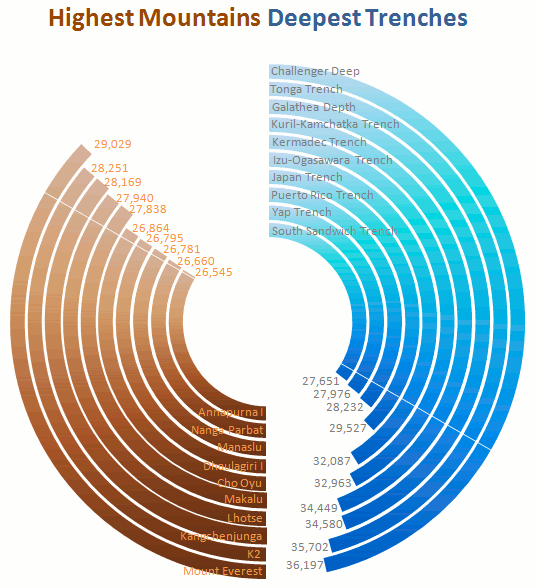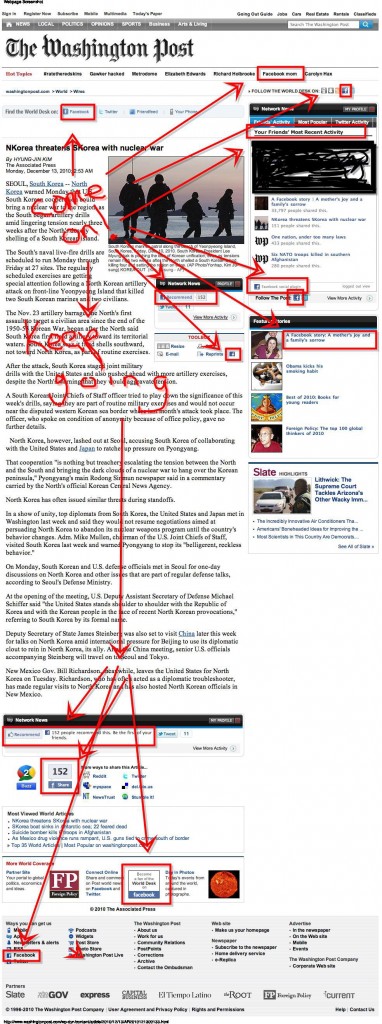It was only the third time it had happened to me in my nearly thirty-five happy years as a priest, all three times over the last nine-and-a-half years.
Other priests tell me it has happened to them a lot more.
Three is enough. Each time has left me so shaken I was near nausea.
It happened last Friday . . .
I had just arrived at the Denver Airport, there to speak at their popular annual “Living Our Catholic Faith†conference.
As I was waiting with the others for the electronic train to take me to the terminal, a man, maybe in his mid-forties, waiting as well, came closer to me.
“Are you a Catholic priest?†he kindly asked.
“Sure am. Nice to meet you,†says I, as I offered my hand.
He ignored it. “I was raised a Catholic,†he replied, almost always a hint of a cut to come, but I was not prepared for the razor sharpness of the stiletto, as he went on, “and now, as a father of two boys, I can’t look at you or any other priest without thinking of a sexual abuser.â€
What to respond? Yell at him? Cuss him out? Apologize? Deck him? Express understanding? I must admit all such reactions came to mind as I staggered with shame and anger from the damage of the wound he had inflicted with those stinging words.
“Well,†I recovered enough to remark, “I’m sure sorry you feel that way. But, let me ask you, do you automatically presume a sexual abuser when you see a Rabbi or Protestant minister?â€
“Not at all,†he came back through gritted teeth as we both boarded the train.
“How about when you see a coach, or a boy scout leader, or a foster parent, or a counsellor, or physician?â€Â I continued.
“Of course not!†he came back. “What’s all that got to do with it?â€
“A lot,†I stayed with him, “because each of those professions have as high a percentage of sexual abuse, if not even higher, than that of priests.â€
“Well, that may be,†he retorted. “But the Church is the only group that knew it was going on, did nothing about it, and kept transferring the perverts around.â€
“You obviously never heard the stats on public school teachers,†I observed. “In my home town of New York City alone, experts say the rate of sexual abuse among public school teachers is ten times higher than that of priests, and these abusers just get transferred around.† (Had I known at that time the news in in last Sunday’s New York Times about the high rate of abuse of the most helpless in state supervised homes, with reported abusers simply transferred to another home, I would have mentioned that, too.)
To that he said nothing, so I went in for a further charge.
“Pardon me for being so blunt, but you sure were with me, so, let me ask: when you look at yourself in a mirror, do you see a sex abuser?â€
Now he was as taken aback as I had been two-minutes before. “What the hell are you talking about?â€
“Sadly,†I answered, “studies tell us that most children sexually abused are victims of their own fathers or other family members.â€
Enough of the debate, I concluded, as I saw him dazed. So I tried to calm it down.
“So, I tell you what: when I look at you, I won’t see a sex abuser, and I would appreciate the same consideration from you.â€
The train had arrived at baggage claim, and we both exited together.
“Well then, why do we only hear this garbage about you priests,†he inquired, as he got a bit more pensive.
“We priests wonder the same thing. I’ve got a few reasons if you’re interested.â€
He nodded his head as we slowly walked to the carousel.
“For one,†I continued, “we priests deserve the more intense scrutiny, because people trust us more as we dare claim to represent God, so, when on of us do it – even if only a tiny minority of us ever have — it is more disgusting.â€
“Two, I’m afraid there are many out there who have no love for the Church, and are itching to ruin us. This is the issue they love to endlessly scourge us with.â€
“And, three, I hate to say it,†as I wrapped it up, “there’s a lot of money to be made in suing the Catholic Church, while it’s hardly worth suing any of the other groups I mentioned before.â€
We both by then had our luggage, and headed for the door. He then put his hand out, the hand he had not extended five minutes earlier when I had put mine out to him. We shook.
“Thanks. Glad I met you.â€
He halted a minute. “You know, I think of the great priests I knew when I was a kid. And now, because I work in IT at Regis University, I know some devoted Jesuits. Shouldn’t judge all you guys because of the horrible sins of a few.â€
“Thanks!,†I smiled.
I guess things were patched-up, because, as he walked away, he added, “At least I owe you a joke: What happens when you can’t pay your exorcist?â€
“Got me,†I answered.
“You get ‘re-possessed’!â€
We both laughed and separated.
Notwithstanding the happy ending, I was still trembling . . . and almost felt like I needed an exorcism to expel my shattered soul, as I had to confront again the horror this whole mess has been to victims and their families, our Catholic people like the man I had just met . . . and to us priests.

 Recently on his blog (
Recently on his blog ( A great thing is that on
A great thing is that on 















